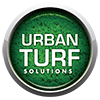Introduction to Artificial Grass

History of Artificial Grass
Artificial grass first emerged in the mid-20th century, making its grand debut at Houston’s Astrodome, known as the “Eighth Wonder of the World,” in 1966. Dubbed ‘AstroTurf,’ it offered an innovative solution to the challenges of maintaining natural grass in an indoor stadium. Since then, artificial grass has seen wide adoption in sports arenas worldwide and has increasingly found its way into residential and commercial landscapes.
READ MORE
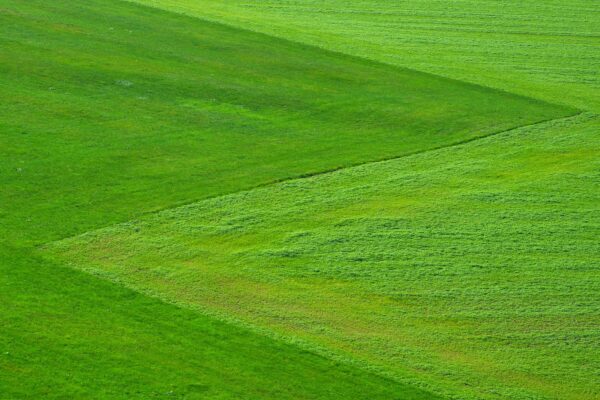
Evolution of Artificial Grass Materials
The initial artificial grass was made of a short pile, fully-chlorinated product designed to replicate the look of grass. However, advancements in technology have led to significant improvements in the material composition of artificial grass. The second generation of turf introduced sand infills to provide stability and more natural aesthetics. The third generation, which we see today, includes polyethylene, polypropylene yarns, and various infill materials for optimal playability, durability, and aesthetic appeal.
Read More
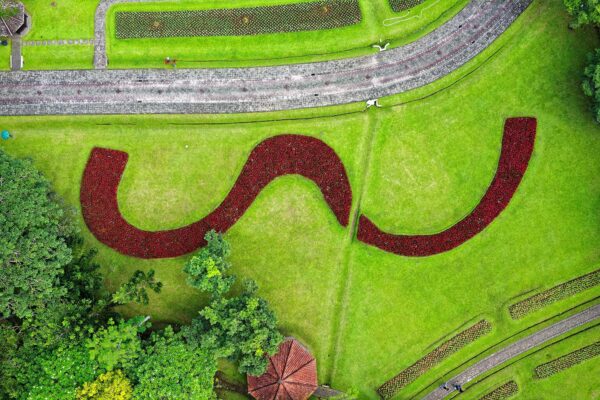
Advantages of Artificial Grass
Artificial grass offers numerous advantages over its natural counterpart. It provides a uniform and lush green appearance year-round without the need for watering, mowing, or fertilisation. It’s also highly durable, able to withstand heavy foot traffic and varying weather conditions, and offers a cleaner environment, especially useful in pet and children’s play areas.
Read More
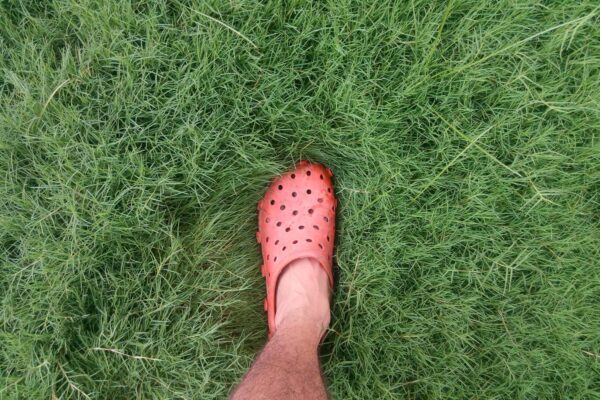
Environmental Impact of Artificial Grass
The environmental impact of artificial grass is a mix of positives and negatives. On the one hand, it saves water, reduces the need for harmful pesticides and fertilizers, and eliminates emissions from lawnmowers. On the other hand, its production and disposal pose some environmental challenges, with concerns about plastic use and waste, heat absorption, and limited recyclability.
Read More
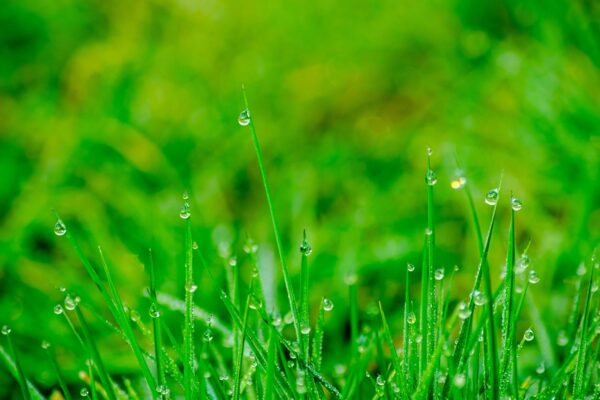
Myths and Misconceptions about Artificial Grass
Several myths surround artificial grass. Some people believe it’s only suitable for sports fields, but its applications are far more diverse, ranging from residential lawns to commercial landscapes. Others think it feels too artificial, but modern synthetic turf closely mimics natural grass in look and feel. Finally, many worry that artificial grass isn’t environmentally friendly, but when you consider water savings, reduction in chemical use, and low maintenance, it’s a viable alternative.
Read More
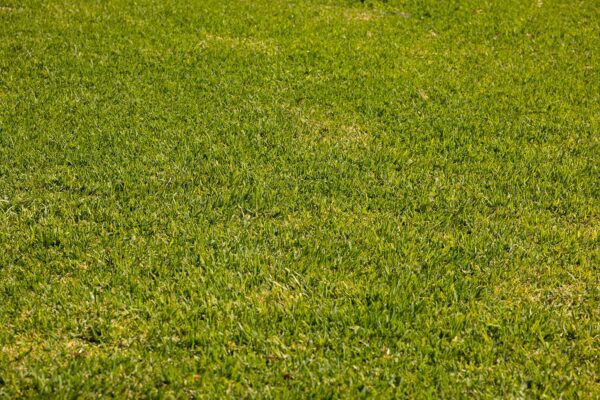
Common Uses of Artificial Grass
Apart from sports fields, artificial grass has found a multitude of uses, including residential gardens, public parks, playgrounds, commercial properties, and event spaces. It’s also popular in pet areas, balconies, rooftops, and indoor spaces. With the evolution of turf technology, its applications continue to expand.
Read More
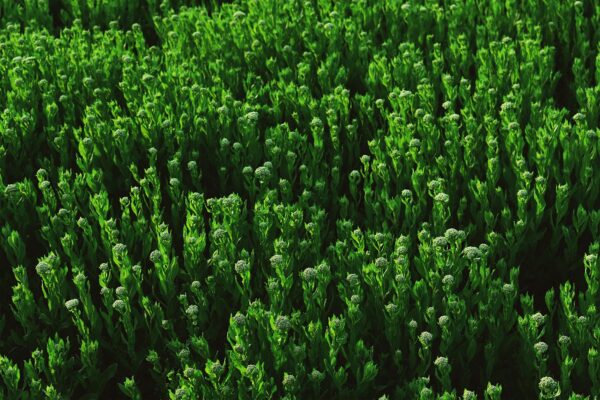
Industry Trends and Future Prospects
The artificial grass industry has seen consistent growth and innovation. With a focus on sustainability, companies are researching and developing eco-friendly manufacturing methods and recyclable materials. Other trends include hybrid systems that integrate natural and synthetic fibers and smart infill alternatives that improve performance and decrease environmental impact.
Read More
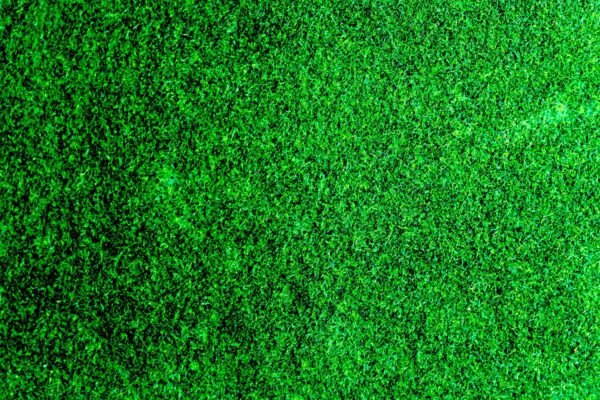
Comparing Natural Grass vs. Artificial Grass
Comparing natural and artificial grass involves several factors, including maintenance, lifespan, cost, and environmental impact. While natural grass can be less costly upfront, it requires significant maintenance, regular watering, and is subject to weather conditions. Artificial grass, in contrast, demands less upkeep, offers longer durability, and provides a consistently lush, green lawn year-round.
Read More
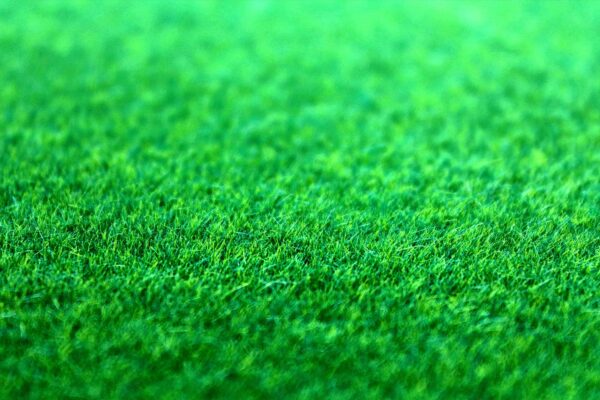
Global Market for Artificial Grass
The global artificial grass market has seen significant growth in recent years. Factors contributing to this growth include increased urbanization, the desire for low-maintenance landscaping, and an emphasis on water conservation. North America holds a significant market share due to its established sports culture, while Europe and Asia-Pacific regions are seeing robust growth due to increasing urban development and growing environmental consciousness.
Read More
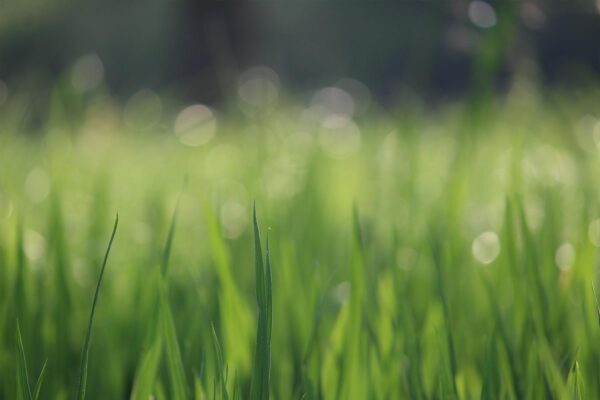
The Growth of Artificial Grass in New Zealand
In New Zealand, the demand for artificial grass is booming. The country’s unpredictable weather, combined with an increasing emphasis on water conservation and low-maintenance landscaping, is driving more people towards synthetic turf solutions. It’s particularly popular in urban areas and sports facilities, with a growing number of homeowners also choosing artificial grass for their lawns and backyard areas. It reflects not only a change in aesthetic preferences but also a shift towards a more sustainable and hassle-free approach to landscaping.
Read More
